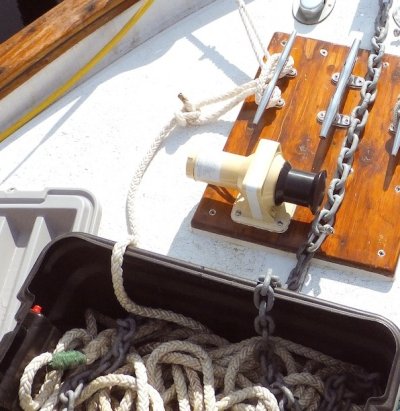MurrayM
Guru
Talking about 3 strand anchor line here...
Back in my rock climbing days the rope came with a fall rating, meaning that after the rated number of hard falls the rope was retired. This is because after being subjected to severe loading, nylon begins to lose strength.
In an anchoring context, how would one know when to retire a nylon anchor line? Stretch is one of the selling points of nylon, but it also contributes to it's losing strength over time...
Wouldn't polyester anchor line be better as it is more resistant to chafing, doesn't lose strength when it gets wet, and doesn't lose strength from shock loading to the same degree as nylon? (You'd have to account for the lack of elasticity with an anchor snubber.)
What do you think?
Back in my rock climbing days the rope came with a fall rating, meaning that after the rated number of hard falls the rope was retired. This is because after being subjected to severe loading, nylon begins to lose strength.
In an anchoring context, how would one know when to retire a nylon anchor line? Stretch is one of the selling points of nylon, but it also contributes to it's losing strength over time...
Wouldn't polyester anchor line be better as it is more resistant to chafing, doesn't lose strength when it gets wet, and doesn't lose strength from shock loading to the same degree as nylon? (You'd have to account for the lack of elasticity with an anchor snubber.)
What do you think?
Last edited:


